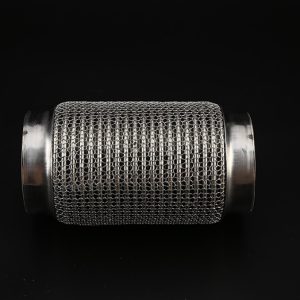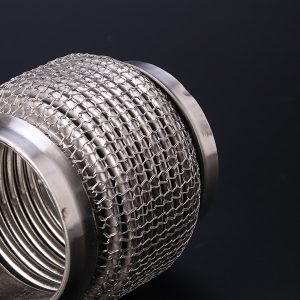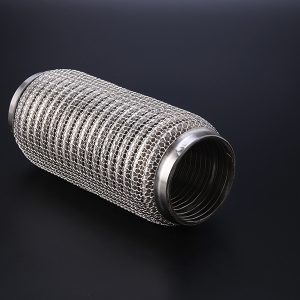


Flexible exhaust pipes are becoming increasingly popular among car owners, especially those who own high-performance vehicles. These pipes are designed to allow for the slight movement of the engine and exhaust system without causing damage to the pipes. This article will explore the benefits and drawbacks of using a flexible exhaust pipe.
Benefits of Flexible Exhaust Pipes
1. Reduced Vibration and Noise
Flexible exhaust pipes are designed to reduce the amount of vibration and noise that is transmitted from the engine to the rest of the car. This can result in a quieter and smoother ride, especially for high-performance vehicles.
2. Improved Durability
Flexible exhaust pipes are typically made of high-quality materials that can withstand high temperatures and constant movement. This can result in a longer lifespan for the exhaust system and reduced maintenance costs.
3. Increased Performance
Flexible exhaust pipes can also improve the performance of the engine by reducing back pressure and increasing airflow. This can result in improved horsepower and torque, which can be especially beneficial for racing or high-performance vehicles.
Drawbacks of Flexible Exhaust Pipes
1. Installation Difficulty
Installing a flexible exhaust can be more difficult than installing a traditional exhaust. This is because flexible piping requires more precise measurement and installation techniques.
2. Potential for Leaks
Flexible exhaust pipes can be more prone to leaks than traditional exhaust pipes. This is because the flexible joints can wear out over time, allowing exhaust gases to escape.
To my mind, flexible exhaust pipes can offer several benefits for car owners, including reduced vibration and noise, improved durability, and increased performance. Ultimately, the decision to use a flexible exhaust pipe will depend on the specific needs and preferences of the car owner.

